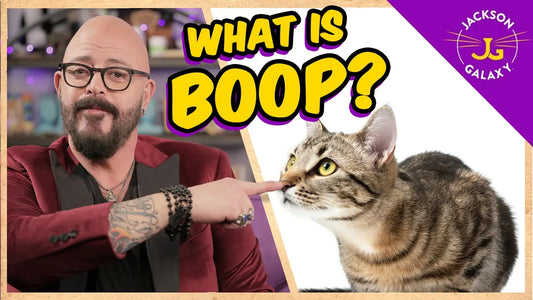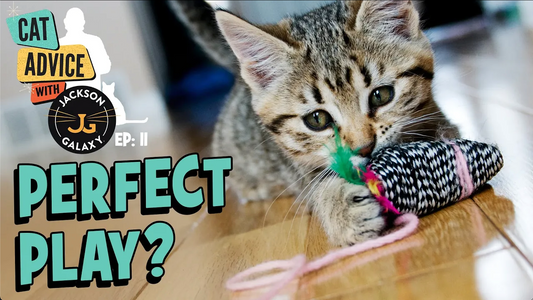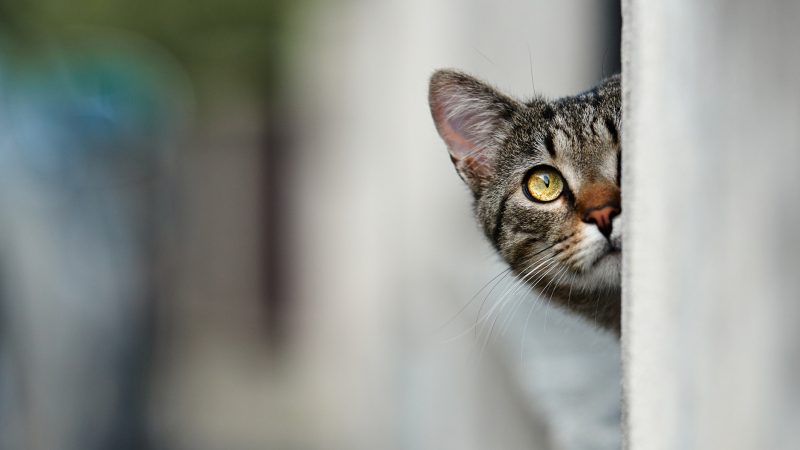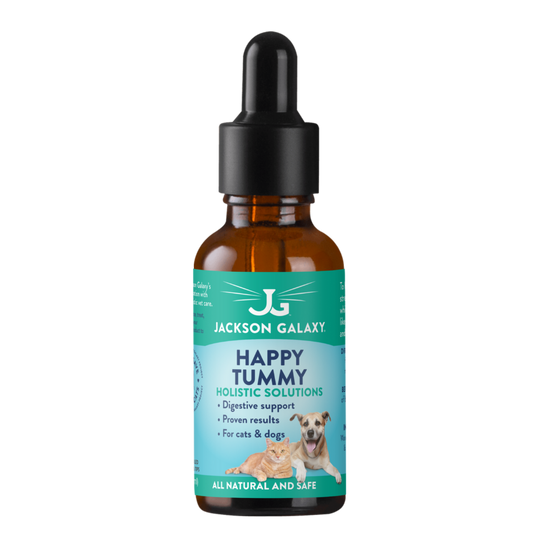In the meantime, variety is, I believe, a very important component to the Raw Cat lifestyle. In the wild, cats are hunters and scavengers. The chances of them eating the same meal twice is microscopic. As it is with the rest of their lives, I believe adhering to these “Raw Cat Rhythms” makes for a healthier, more Mojo-fied cat. And there’s the rub: how do you introduce a variety of foods when you have your own “Finicky Morris?”
Of course, the first step is to realize that there could be a variety of reasons beyond the typical presumption that your cat just “being difficult.” Here are a few different ideas to consider:
Know the difference: Cats who don’t eat may not just be picky; they could be sick. Not eating, even just for a day or two, is a major red flag, and before assuming finickiness—especially if they’ve never exhibited the behavior before—you should forget all of these suggestions and get to the Vet, ASAP. Obese cats are also at risk of hepatic lipidosis (fatty liver disease), which can be deadly in no time at all.
No Free Feeding: The very first thing to consider is that it may not be the finicky cat, but the lack of schedule. To put it in a human perspective: if you were snacking all day, would you be motivated to eat dinner when it was time? With that in mind, if your cat has food sitting out 24/7, do you think she is going to be that motivated to try something new? Beyond just having food available, free-feeding usually involves bowls of kibble, which will always make your cat feel unnaturally fuller than a predominantly wet or raw meat meal, since kibble in any form is not a natural source of nutrition for the obligate carnivore. So… is she being picky or is she just not hungry? I talk incessantly about how mealtimes help cats and help us live better with our cats, and this situation provides no exception. They need to be a little hungry to try something new.
Whisker stress: Yes, whisker stress really is a thing! Many cats do not like the feeling of their whiskers touching the side of the bowl. Try feeding your cats from shallow bowls or small plates instead.
Texture: Some cats are particular about pâté, chunks, slices, and even the shape of dry food or treats. Instead of sticking to one kind of food when you find that your cat likes it, change up the flavor, but keep the consistency the same—in the name of “culinary detectivism.”
Temperature: Food should be served from a range including room temperature all the way up to “mouse body” temperature (roughly 100 or so degrees). Warming up their food just a little might make it more appealing since it also releases the meat scent (I know, gross). Besides that, there’s no self-respecting Raw Cat out there who would choose to eat something out of a fridge.
Location: Make sure the food dish is in a safe location—that may mean away from other cats or with a view to see the comings and goings of other animals. And let us not forget: dogs love cat food. And young children love to play in it and with it. So that safe location might not just be out of the main lanes of traffic, but off of the floor, as well, since that’s the one place in the home they don’t have to compete for territory. We all need and deserve a little peace and quiet when we eat.
And finally, this entire issue calls to mind a staple cat mojo concept: that no matter what the problem may be in your cat’s life, one of the main secrets is to employ what I call “cat detectivism.” This is essentially the art of detached observation, where you step away from any emotional interpretations and diligently investigate the particulars of the how, why, where, and when, as you try to resolve the issue. (As Joe Friday in Dragnet would always say, “Just the facts, ma’am.”) This will not only get you to the other side of any “finicky eater” issues, but it will get you through a lifetime of living with your cat successfully.
As always, this is a very basic overview of a sometimes very complicated process. To get the full skinny on all things food and feeding—as well as everything else about your cat—check out my latest book, Total Cat Mojo.








